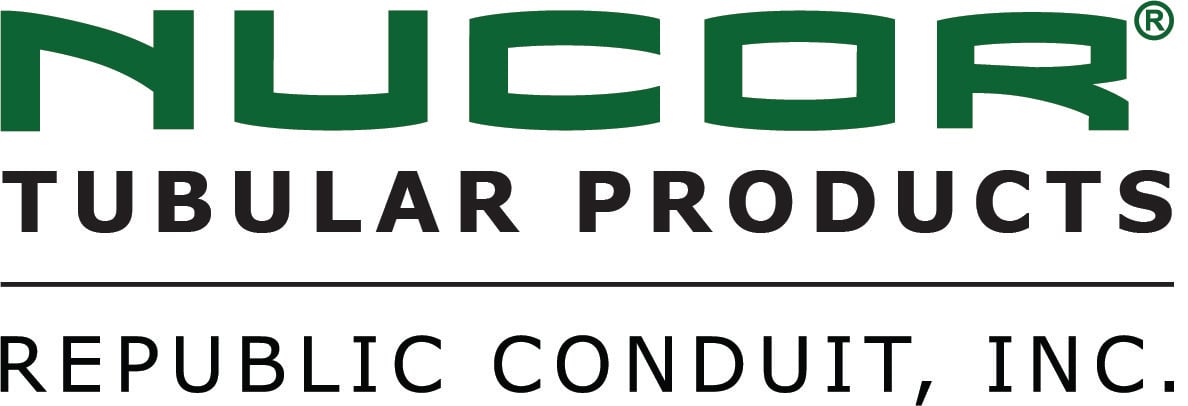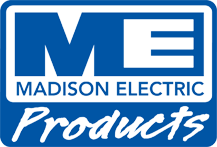.jpg?width=709&name=Shopping%20LCs%20-%20Blog%20Cover%20(1).jpg)
Which factors should you consider when selecting a lighting controls manufacturer? I encourage customers to research four key elements in order to steer the decision-making process in the most advantageous direction.
Wanting to skip to the fun part is human nature. For instance, the players on my son’s basketball team want to skip the drills and immediately start shooting three-pointers like Steph Curry. The desire for instant gratification is everywhere and the same has proven true for lighting control systems in recent years. For example, customers are really excited about the things they expect to be able to do with their lighting control system - things like, “one hour before sunrise, I want the lights to come on automatically to 50 percent light level. Then, when someone walks into the space, I want them to witness a warm color temperature shift that mimics the sun.” However, achieving that functionality for the end user requires serious upfront research to assure that you are selecting, designing and implementing the proper lighting control solution.
As a lighting control salesperson involved in construction process from design all the way through to post-occupancy visits, I have observed the laborious amounts of time, dedication, and commitment to detail required for construction professionals to create great buildings. Reserving time early in the design process to partner with the right manufacturers and sales teams can pay tremendous dividends during and after the construction process. That way, when you get to the fun stuff, you can really enjoy it!
Here are four things to consider when choosing a lighting control manufacturer and sales team:
1) Hardware/Software
The ability for a lighting control system to work the way it's intended to work is dependent on the hardware and software interacting seamlessly. Steve Jobs quoted Alan Kay when he said, “people who are really serious about software should make their own hardware.” In this case, hardware represents equipment like dimmers and sensors that turn the lights on and off. The software actually coordinates the actions of all the hardware or equipment. As you are evaluating manufacturers, you should be asking, “how much of the lighting control system is being made by the manufacturer, and how much of it is being reconfigured by third-party manufacturers and third-party software engineers?” Companies that produce most of the hardware and software in-house have exceptionally tight quality and performance controls. If there is an issue with performance, they know where the problem is and can correct it quickly. Additionally, it is important to assess a company’s financial resources when considering hardware and software. Software takes tremendous time and money to support. Make sure the company has the financial stability to support software now and, more importantly, well into the future.
2) Industry Standards
We are fortunate to have dedicated professionals in the electrical industry who create buildings that keep us safe and operate properly. Their ability to do so is contingent on the safety and proper functioning of the equipment they install. The electrical industry has industry standards for both safety and performance. For example, the NEMA WD2007 standard makes sure motion sensors keep lights on when someone is in a room and turn lights off properly when the room is vacant. As more and more electronics manufacturers enter the lighting control industry, it’s important to make sure they are following the standards set by the electrical industry. More players bring more innovation but, the exciting features of a lighting system can only be enjoyed if the system works properly. Meeting industry standards is a must.
3) What Percentage of Their Business is Lighting Controls?
A company that focuses primarily on innovation in lighting controls will be most secure and responsive in handling issues. A lighting control system can have hundreds or thousands of installed devices. If there is an issue, having access to a local and exceptional support team is crucial in order to make timely repairs. If you purchase a system and it doesn’t work well, the cost to reinstall a system is tremendous. It’s also a waste of money if you have to override a system you already have.
4) Do They Have Flexible System Options?
From Design Development to Construction Documents, projects can live in the design phase for years at a time. I know because I have worked on projects like these. The last thing you want is to completely redesign a controls system due to changing budget and functionality requirements. Partnering with a manufacturer that has flexible system options means you don’t have to start from scratch if things change, which is almost inevitable on larger jobs. Having the ability to easily switch to newer systems without a complete redesign can make the design process much cleaner. For example, having motion sensors on a project that work with multiple systems and future systems.
Partnering with a great manufacturer and local team will start you on your way to enjoying all the benefits of a great lighting control system. For more resources to help with selecting and implementing a lighting control system, reach out to us!





































